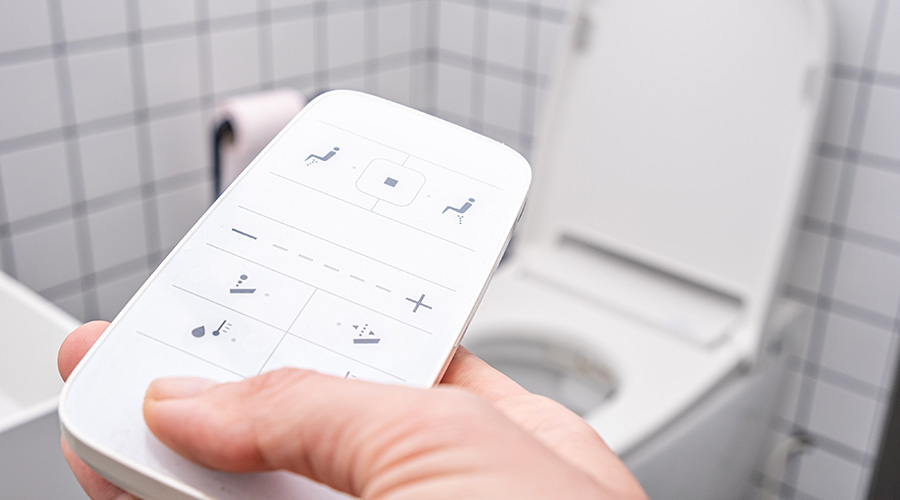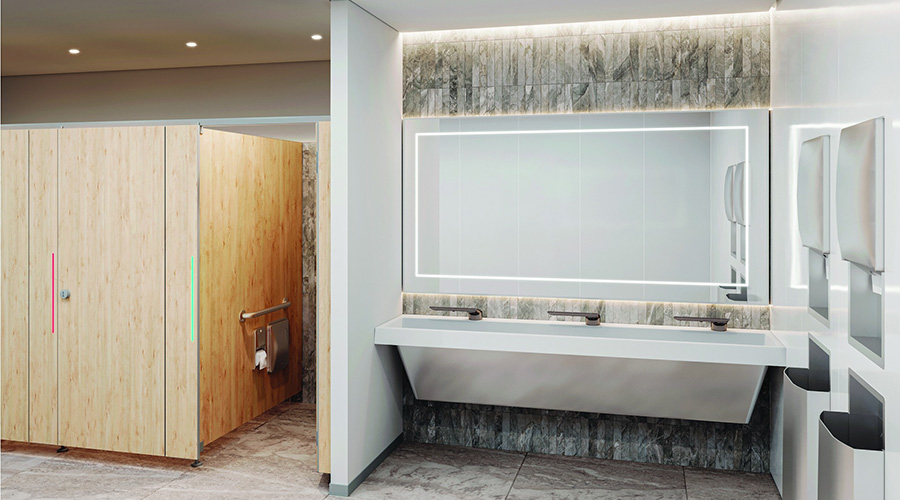Metering Improves Water-Conservation Efforts
Despite the large-scale plumbing retrofit the University of Georgia undertook in response to a 100-year drought, the university's maintenance department remains focused on more water-conservation initiatives. For example, the university is using advanced water-metering capabilities to better analyze its water use.
"Prior to the drought, we had numerous metering points on campus, but not individual buildings," says Mark Duclos, the university's director of maintenance and operations. "During the drought, we elected to install meters everywhere. We wanted to be able to look at each building and try to isolate which ones are our higher usage and look from week to week or day to day and see if we see spikes so we know if we may have some issues."
Each building has a dedicated Web site that shows technicians a facility's water use over the last 12 months. This comprehensive information also can help technicians more easily troubleshoot potential fixture issues.
"We're trying to get that information out there so as managers we can better determine what's going on," Duclos says. "Also, it's troubleshooting. If we saw a spike in water usage, it may alert us to a problem that we can catch earlier by use of the meters."
Sarasota (Fla.) Memorial Hospital also is employing metering in its water-conservation plans.
"When we put our utility packages together, we have staff at our central energy plant that take water-meter readings daily," says Jim Bugyis, the hospital's director of facilities. "Whenever we put our utility bills together, we put in the water-meter readings so I can track how much we're using on a daily basis or monthly basis."
The hospital has four meters measuring the facility's water use. Technicians expect to see a certain number of gallons per meter each month, so if the numbers are askew, technicians can look into potential problems. The meters also help managers justify purchases for plumbing-fixture retrofits and upgrades.
"Having a fine control over (water use), we can show them that information," says John Ready, the hospital's manager of facilities.
Related Topics:















